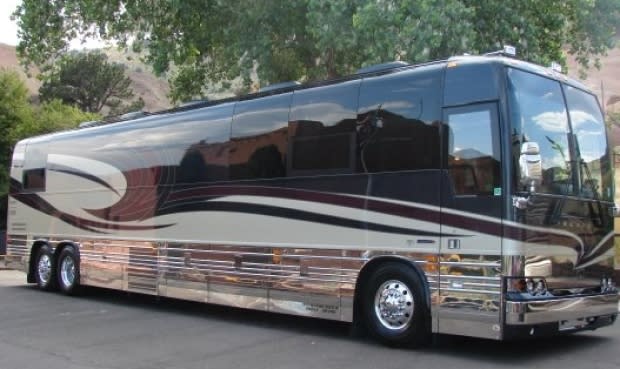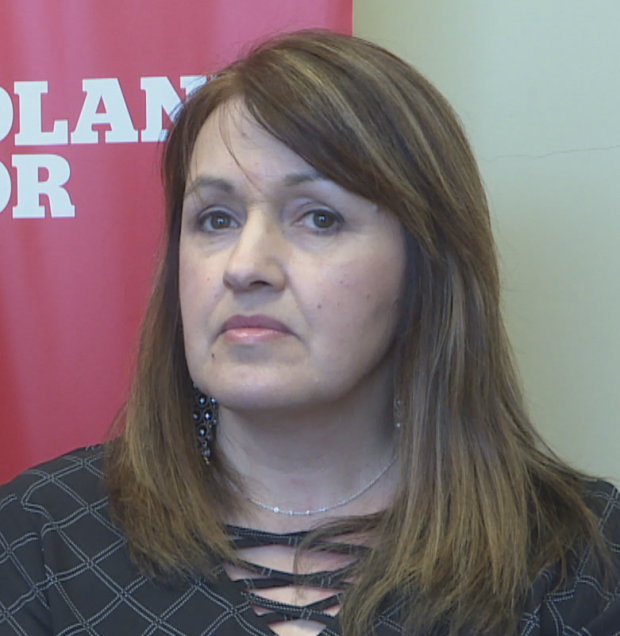Parents, safety group concerned after school district ditches motorcoaches for school trips
Parents in the province are concerned that a new Newfoundland and Labrador English School District busing policy will put their children at risk.
The district is moving away from using motorcoaches to transport kids on school-sponsored trips, except under special circumstances.

But those yellow school buses don't have seatbelts or bathrooms, while many chartered coaches do.
"For us to be told we can't use a motorcoach with seatbelts — well, that seems pretty backwards," said Kelly Taylor-Hulan, a mother in Corner Brook with several kids in school on Newfoundland's west coast.
Her children's hockey team often uses a coach with seatbelts and bathrooms, and she doesn't see why they'd have to give that up.
According to a statement sent by the school board, the district will consider exceptions to the new rule, notably for trips longer than two hours or for those requiring a lot of baggage, like hockey or band trips.
"This will be done in consultation with school principals and staff," the statement reads.
All buses owned and operated by the school district are certified in accordance with provincial guidelines and are driven by employees whose records have been vetted, the statement noted.
In a follow-up email, the school district said they'd consider using coach buses on a "case-by-case" basis, as long as all relevant safety documents were submitted for each bus and driver.
National group has concerns
The Canadian Safety Council is also weighing in with its concern.
Lewis Smith, manager of national projects for the safety group, said coaches are not only more comfortable but safer than school buses on long-haul trips.
"School buses are just not designed to be used on highways," he said. "When we're talking about putting these buses on highways, you're exposing them to a lot more traffic than they're used to, first of all, and you're exposing them to much more speed."

Smith said buses in general are very safe, but the safety mechanisms on a school bus are not as effective in highway accidents.
School buses are designed with compartmentalization in mind, meaning instead of seatbelts, kids are placed between high-backed seats meant to keep them in one place if there's a crash.
Highway driving leaves buses more prone to rollovers, however, and the compartmentalization design is not equipped to stop kids from hitting the roof, Smith said.
"It's about using the right tool for the right job, and there's no denying that a coach bus is much more effective at keeping children safe on highways than school buses are."
The district declined several requests for interviews.
Humboldt crash still fresh
For Taylor-Hulan, sending her kids off on a bus is always nerve-racking — especially after 16 people were killed in the Humboldt Broncos crash in Saskatchewan last spring.
In that case, their motorcoach was not equipped with seatbelts.

Taylor-Hulan had some relief at the start of this hockey season when her son's team started using a coach with seatbelts — what she felt was the safest possible mode of transport.
"That was quite a relief, because — let's face it — since April last year, every time your kid goes on a bus, you haven't really felt safe. But knowing that this year we moved to one with seatbelts, I finally felt a little bit safer."
Now she's worried they'll have to use a school bus when they hit the road.
"The safety and comfort can't be beat with what we already have in place," she said. "[They] cannot convince me that there's any safer way for them to travel."
Read more from CBC Newfoundland and Labrador

